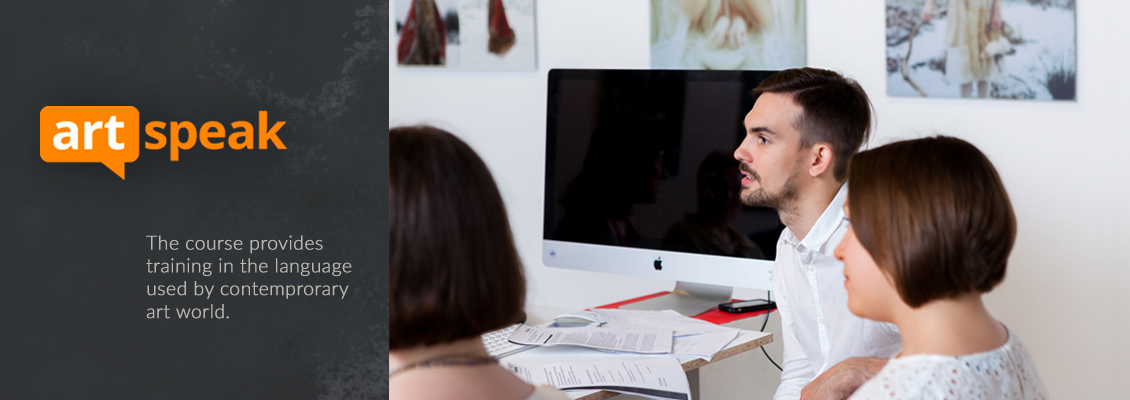|
This is an intermediate/upper-intermediate 4-6 weeks course taught in a mini-group of 6 to 8 students. The course offers ESL instruction in speaking/listening, writing/reading and cross-cultural communication skills relevant to the fields of art and design.
It provides an in-depth review emphasizing oral presentation, descriptive essay development, art terminology and language skills relevant to artists and designers. Classes of English for Art Professionals teach students how to refine all language skills while learning about various art and design disciplines:
• to increase art and design vocabulary,
• to improve reading skills by developing effective reading strategies,
• to get familiar with academic vocabulary on art and idiomatic speech,
• to practice oral skills through methods and materials that enhance students' artistic and academic performance,
• to practice cross-cultural communication and interaction with colleagues at exhibitions, conferences and art fairs.
|

